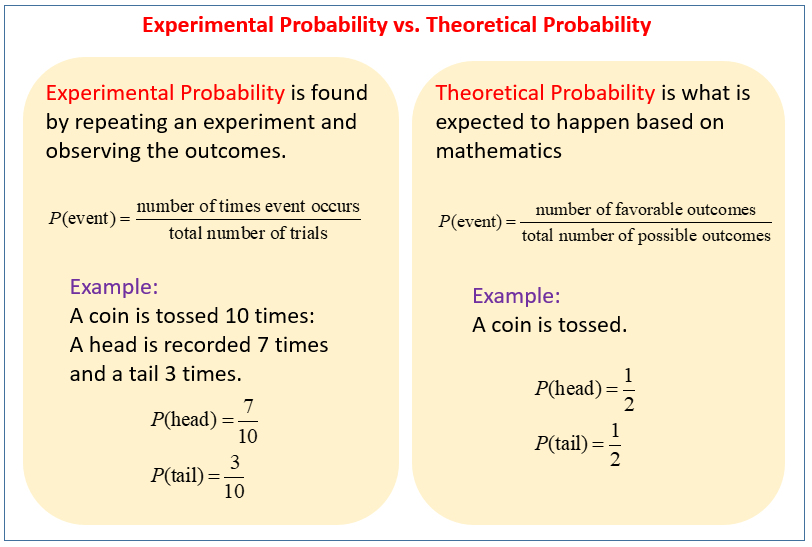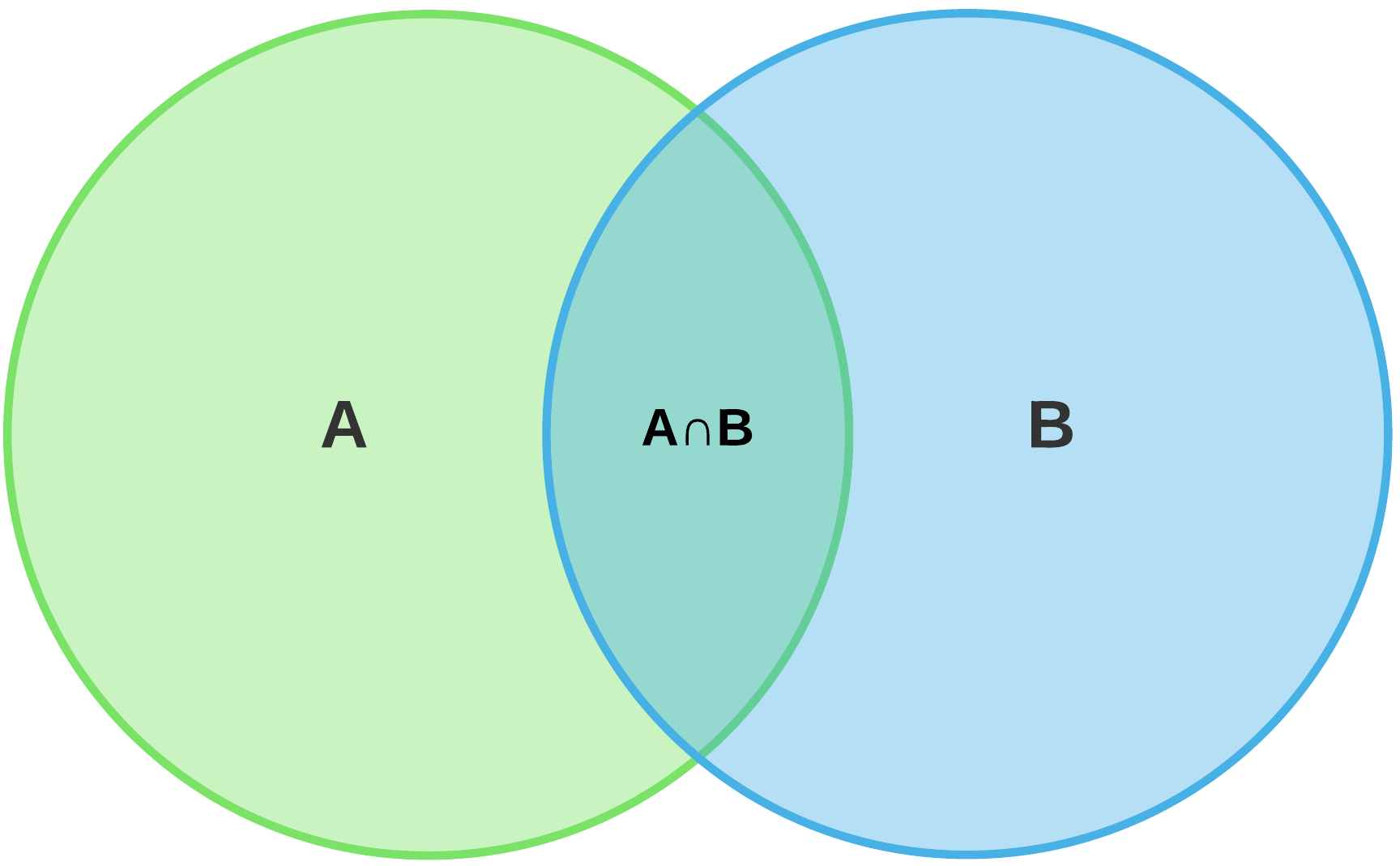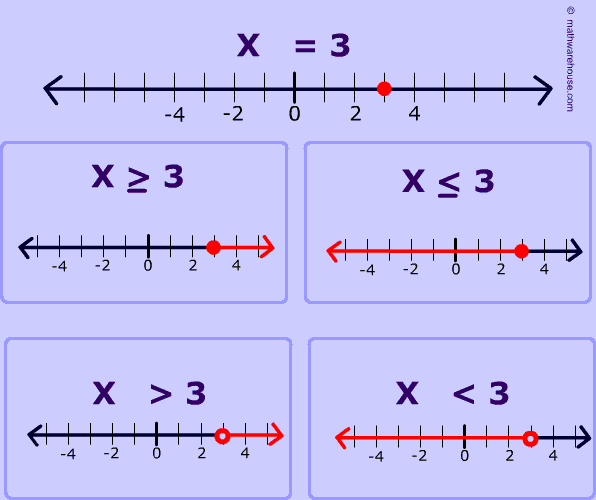Topics for Today:
We will continue our discussion about functions as we explore linear functions (lines). ALL LINES (with the exception of vertical lines) are functions. This unit will cover many different aspects of line, beginning with rate of change, otherwise known as slope. We associate slope with the "steepness" of a line. Slopes can be positive, negative, zero, or undefined.Slope is a 2-dimensional concept. We will see how fast something rises (goes up) compared to how fast it travels in a horizontal direction. Slope is defined as the change in the y-coordinate divided by the change in the x-coordinate. To calculate slope, you need any two points on a line. It does not matter where you start as long as you start in the same place for each component.
Vocabulary: rate of change, slope
Sections Covered in Textbook:
6-1: Rate of Change and Slope (pages 282-289)
Resources & Tutorials:
1) What does the slope of a line mean?2) How do you find the slope of a line from two points?
3) How do you find the slope of a line from a graph?
6) Recording of Today's Class (see google classroom for password)
1) Rate of Change and Slope Worksheet
2) Delta Math due Friday by 8 AM
Assignments:
1) Rate of Change and Slope Worksheet2) Delta Math due Friday by 8 AM






















